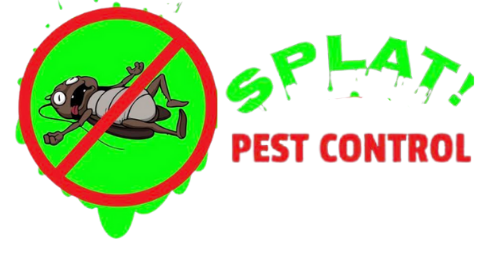Bed Bug Exterminator
The bed bug reigns as King of the millions of pests that invade people's homes and businesses. They attack while people are sound asleep, feast on their blood, then sneak back into crevices to hide. The creatures use an anesthetic, so people don't feel the bite but see the evidence in a growing collection of itchy, uncomfortable welts. In a short time, an infestation can get out of hand. A single female can lay up to 250 eggs, and each can live up to a year and reproduce themselves.
Bed bugs are formidable enemies. They are incredibly sneaky in two ways: how they get into your property and go unnoticed for so long. The hitchhikers latch on to furniture, luggage, clothing, and other fabrics so that they travel where you do. They've even been known to crawl along pipes and wiring to access their next meal. Once they make it inside, the tiny brown bugs flatten themselves within mattresses and small cracks, making them difficult to find even if you're searching for them.
Some people are allergic to bed bugs, and the reactions can be severe. For some, the bites are barely noticeable. For others, the reaction can induce anaphylaxis. Bacteria in the bites can also cause the same skin infections brought on by staph.
That fear of bed bugs is nothing new. For tens of thousands of years, the bugs have been feasting on humans. Scientists think they've been sneaking into people's beds since the moment cavemen found shelter in Eastern mountains. They've earned many names throughout human history, at one point being called Red Coats in New York. Within that time, they have built up a reputation that has significantly impacted people's mental health. They can be found in five-star hotels, taxis, airplane seats, or any other locations that are otherwise clean and harmless. There's a stigma attached with Bed Bugs, one of infestation based on filth, though that isn't the case. The thought that the bloodsuckers are attacking in your sleep can give people insomnia compounding further anxiety.
At one point in the US, headway was made into getting rid of Bed Bugs for good with DDT. In 1972, DDT was banned, and the creatures developed a resistance to certain pesticides. You need experts who know what they're doing to eradicate the problem from your home. If you don't get it right the first time, the effects can be devastating emotionally and monetarily.
These pests will run rampant if left unchecked. After more than a decade in the pest control industry, we developed a 5-Step Process that has proven unbeatable in the pest management community. If you want the job done right the first time, Splat Pest Control is the way to go. Contact us today.
